
The idea
The TinyAIoT project aims to adapt AI methods to the needs of modern Internet of Things (IoT) applications. Nowadays, these are often based on microcontrollers, such as devices of the Arduino family, which can send and receive data via special network protocols - for example, the Long Range Wide Area Network (LoRaWAN) network protocol. The microcontrollers are generally equipped with various sensors, e.g. to measure temperature, fine dust pollution and other parameters [3, 14]. Corresponding sensor networks consist of many such microcontrollers. They form the basis for IoT applications, which can already be found in various fields (e.g., smart cities, agriculture 4.0, . . . ).
Network partners
The project will be carried out as a joint project between the University of Münster and Reedu GmbH & Co. KG (Dr. Thomas Bartoschek).
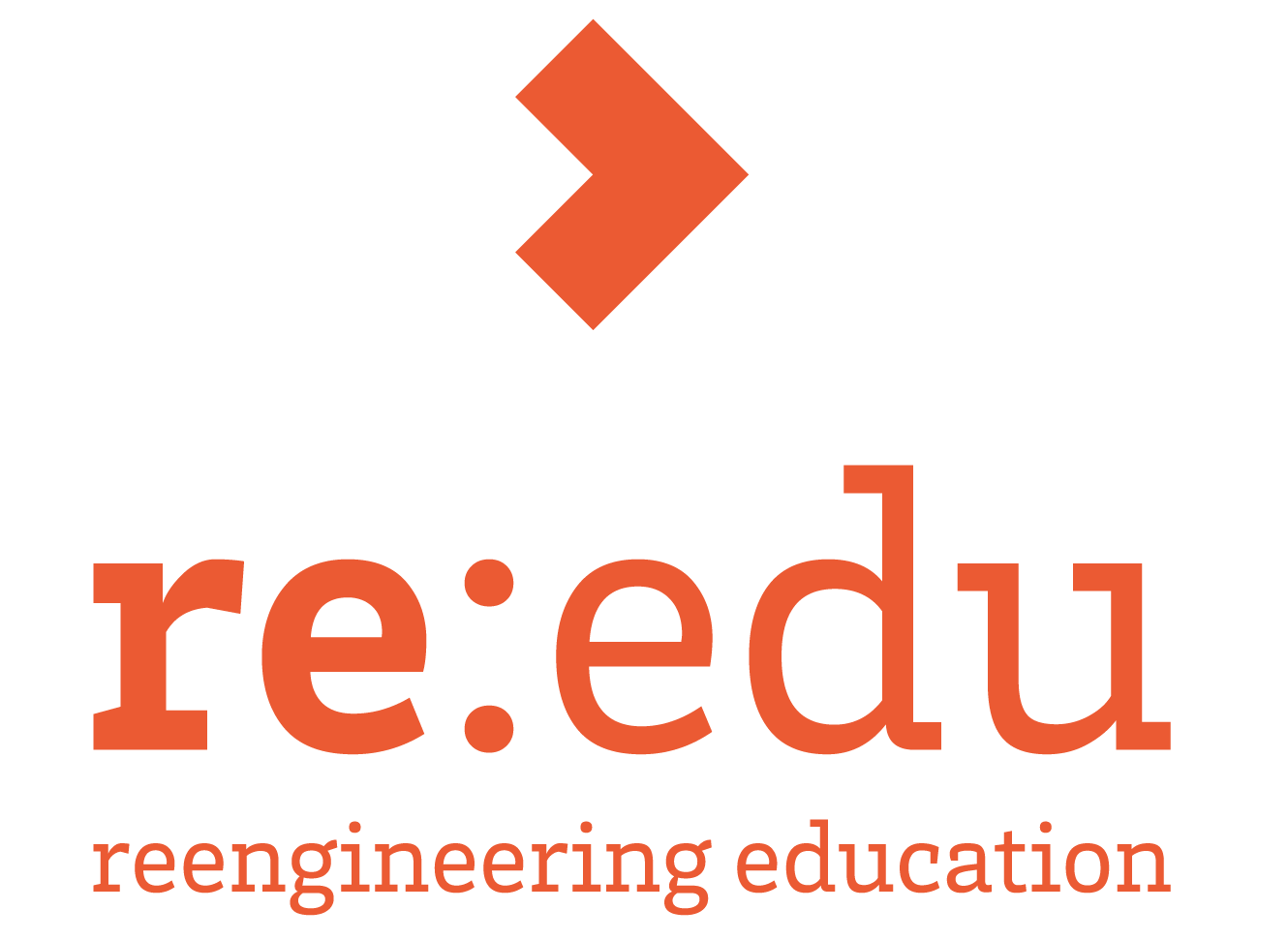
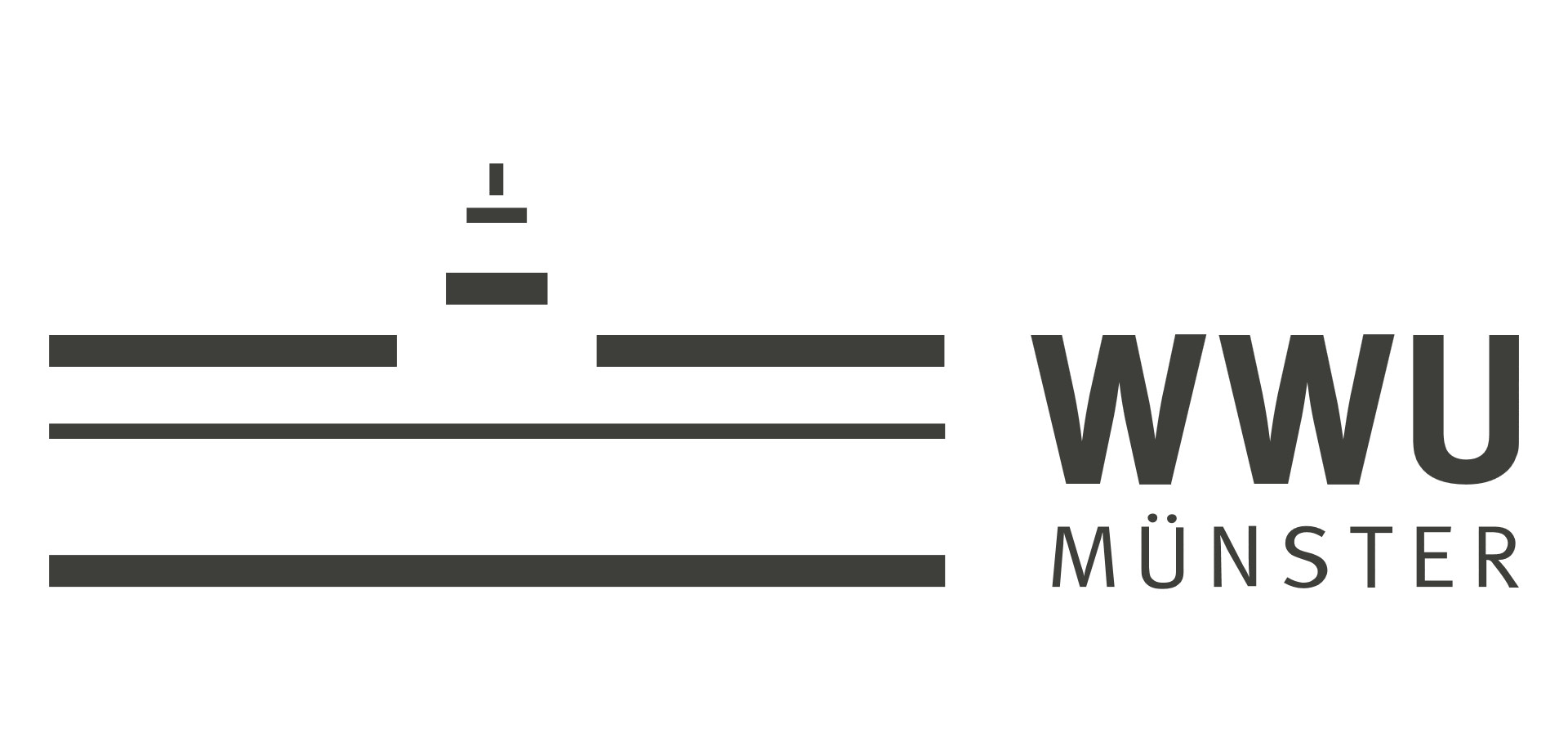
The University of Münster participates with the Institute for Geoinformatics(Prof. Dr. Angela Schwering) and the Institute for Business Informatics(Prof. Dr. Fabian Gieseke).
Associated partners
In addition, various application scenarios are to be realized together with four associated partners, Stadtwerke Emsdetten GmbH, Stabsstelle Smart City of the City of Münster, Naturschutzzentrum Kreis Coesfeld e.V. and Hof Homann eG. Additionally, subcontracts are to be awarded to two further companies (opensenselabgGmbH and Budelmann Elektronik GmbH).

Stadtwerke Emsdetten GmbH

Stabstelle Smart City der Stadt Münster
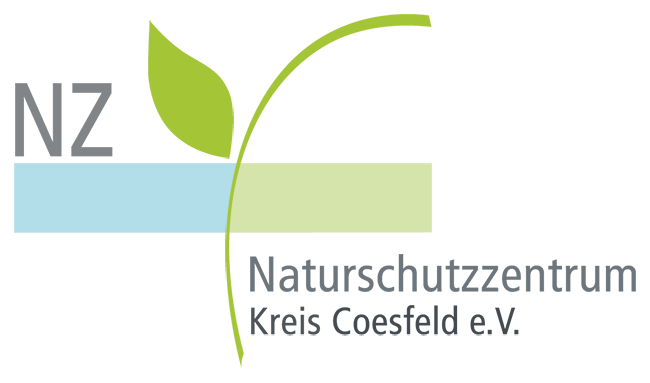
Naturschutzzentrum Kreis Coesfeld e.V.
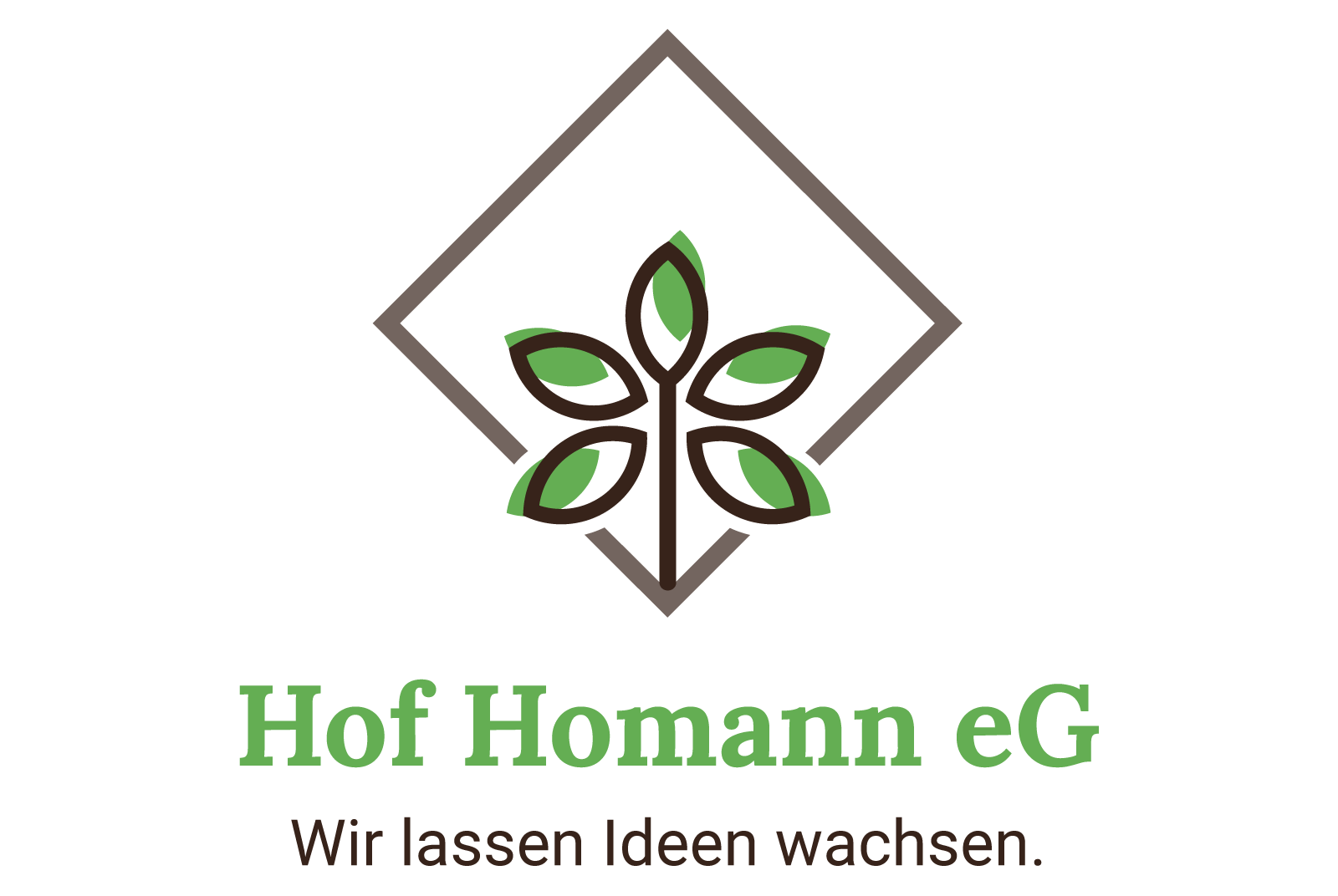
Hof Homann eG

opensenselabgGmbH

HANZA Tech Solutions GmbH
Resource efficiency
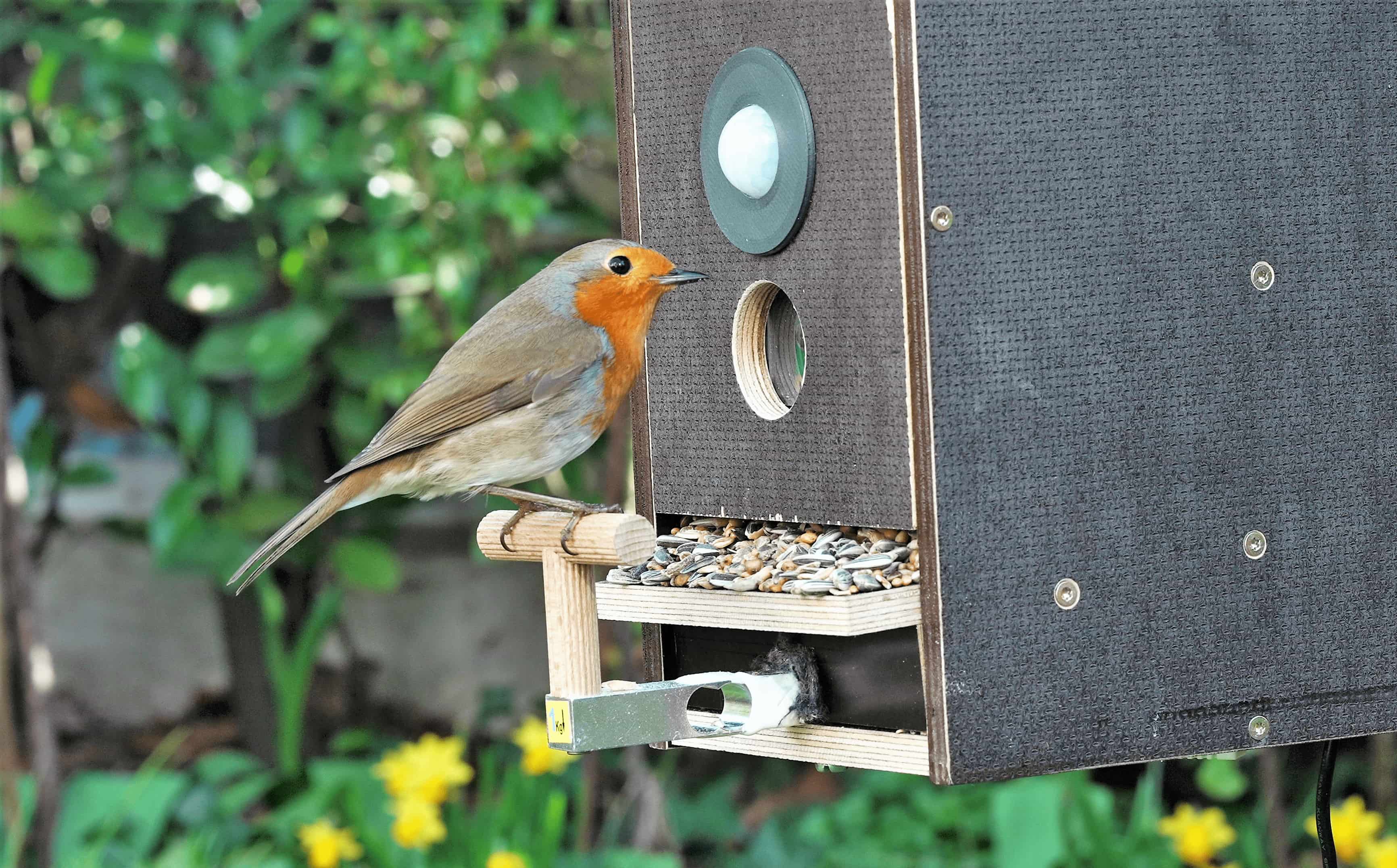
Resource efficiency
Potential for resource efficiency.
- Microcontroller: Arduino Pro Mini (5 volts) with a power consumption of 22mA under full load and approx. 3.6mA in sleep mode
- Number of IoT devices: 10 billion microcontrollers are assumed for the estimate; estimates are for about 75 billion IoT devices in 2025